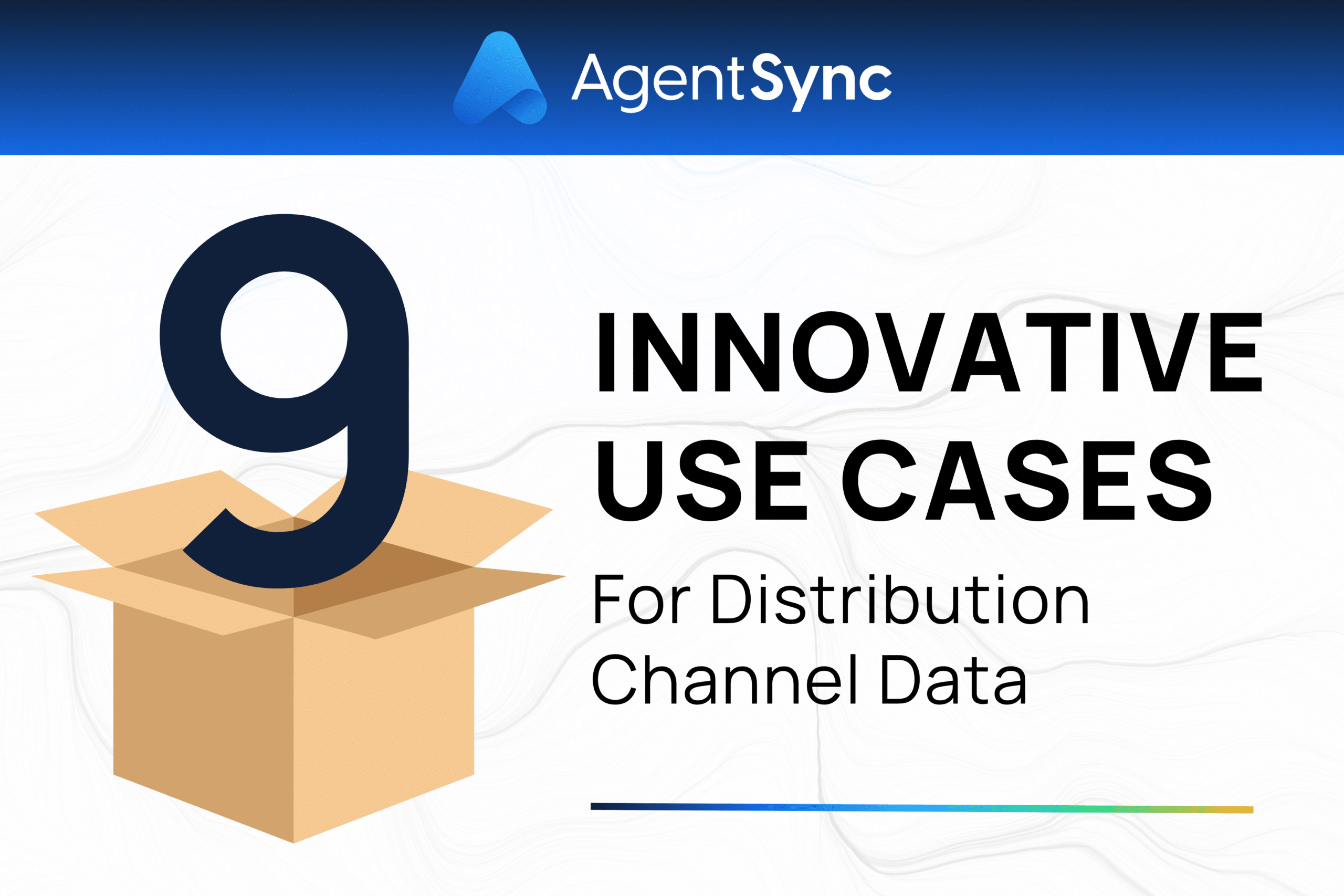

Producer licensing has been messy for so long that it’s hard to imagine a future state that’s easier on agency profits and losses (P&L). For agencies that have automated compliance with purpose-built insurance software, one of the first moves toward true distribution channel management (DCM) comes in tying your license data to production metrics.
True, the essential information is for your compliance team to ensure your agency only pays commissions for business that a properly licensed and appointed producer sold. But good distribution channel management software can leverage APIs to draw licensing and appointment data into your commissions payment software, or vice versa. And that gives you the ability to look at the real ROI you’re getting for your agents and other downstream distributors.
Most agencies pay for their agents’ licenses and renewals. But not all those dollars are equal—some licensing fees are a downright waste. Following are seven types of nonproductive producers. With today’s DCM solutions, you can avoid these producers and proactively limit their influence on your bottom line.
1. The Insurance Career Explorer
Call centers, particularly seasonal call centers such as those selling Medicare during the annual enrollment period, are how many, many agents get started in the industry. But managing licensing for the would-be producers training at your call center can be a grind because of the Insurance Career “Explorer.” The Explorer is going to sit through training, but they have two or three other side hustles or part-time jobs they’re more interested in. They’re going to study for the insurance exam, and they might even pass it, but they aren’t planning on staffing the phones long enough to make your investment in them materialize.
Fix: By analyzing your bottlenecks, you can see who is likely to finish the process to sell products and rearrange your onboarding to help the Explorer self-select out before you waste money on licensing.
2. The Everything-But-the-Kitchen-Sink Agent
The Everything agent will write whatever business comes their way. And maybe they live in Kansas, where it makes sense to have a license in the state, and in Missouri, and maybe even a license in Nebraska. But they also want a Minnesota license because they once summered in Lake Okechobee and met a friend-of-a-friend who has life insurance. Or they picked up an Arizona license because they met someone who could use an annuity while they were at a niece’s graduation. Their friends are moving to Texas? Guess what license the Everything agent will apply for next?!
Fix: If your licensing costs are getting out of control, maybe your business needs to put more support in place to encourage inter-agency referrals that encourage and incentivize new business while limiting the administrative hassle and cost of acquiring and renewing licenses in states a producer won’t write business in more than once.
3. The Multistate License Collector
The Multistate Insurance License Collector doesn’t mind when states like California require their insurance license number on their communications, because seeing all those numbers makes them feel important. It’s a priority to constantly expand the list of states where they can do business. The ever-growing list of states is the point, in and of itself. Renewing those licenses is a high priority for the Collector, despite the fact they may not actually be binding coverage in every state, or even most states.
Fix: Using modern distribution channel management software, you can evaluate whether a producer consistently writes enough business in a state to warrant renewing their license, and, if it has more to do with the prestige or reputation of maintaining all those licenses, you can have a conversation about the need and expense to encourage a producer to put those licenses to good use.
4. The Expense Reporter
The expense reporter is paying for their licenses independently and getting reimbursed through expense reports. You have to do some digging if you want to find how many states they’re licensed in because they’re buried in receipts and physical mail piled on a desk. There’s no transparency, but they’re not hiding anything. …
Fix: If you centralize your licensing with a single point-of-truth for licensing and compliance information, you could run a single unified report to see what your licenses and renewals cost per producer per year.
5. The Chaos Agent
The Chaos Agent is always behind on their paperwork. Maybe they rock at sales with clients, but follow-ups, renewals, and compliance are just not on their radar. This means jumping on their continuing education (CE) and renewal requirements the week they’re due, and not a moment sooner. For an agency, the Chaos Agent represents someone who may be a solid seller, but who costs hundreds or thousands in late renewal and reinstatement fees.
Fix: A centralized compliance software that draws licensing data from the industry source of truth can put this agent on the right track posthaste—alerts for upcoming renewals can start as far as 90 days or 60 days before renewal.
6. The Hanger-On
They’re figuring things out. They’re getting started. They’re going to get something. They help with office morale. Listen, it’s not that the Hanger-On doesn’t bring a certain je ne se quois to the team, but what they don’t bring in are actual insurance sales. That doesn’t mean they can’t be employed by the agency, but it does mean you shouldn’t pay for them to maintain a license they aren’t using.
Fix: You can’t know which of your agents might benefit from rearranging if you can’t identify the real return on investment of each of them, so start by connecting compensation data with license data and then examining the rest of this agent’s hierarchy to identify opportunities or red flags.
7. The Diamond in the Rough
The Diamond in the Rough is the next generation of super producers, but maybe they’re being held back by poor training or bad advice. This is someone who shows promise but isn’t posting the numbers in their sales territory, and unless your agency gets them the resources they need, they’re going to “quiet quit” their way out of the business.
Fix: Again, by identifying who is underperforming in the first place, you can begin to identify how to help them improve.
“Cut bait or fish”: Using AgentSyc for producer license efficiency
Using software to manage producer licensing is already an exercise in moving from chaos to calm, but it’s not just about knowing who is licensed and where. AgentSync’s robust reporting also allows you to identify opportunities for improvement for your producers, or eliminate unnecessary licenses (and their fees) when that’s the best answer.
With the right distribution channel management software, you can identify these seven nonproducing producers and begin to address the core issues of your agency P&L before you spend hundreds or thousands of dollars on their licensing without seeing a business payoff.
Learn more about AgentSync with a demo today.

